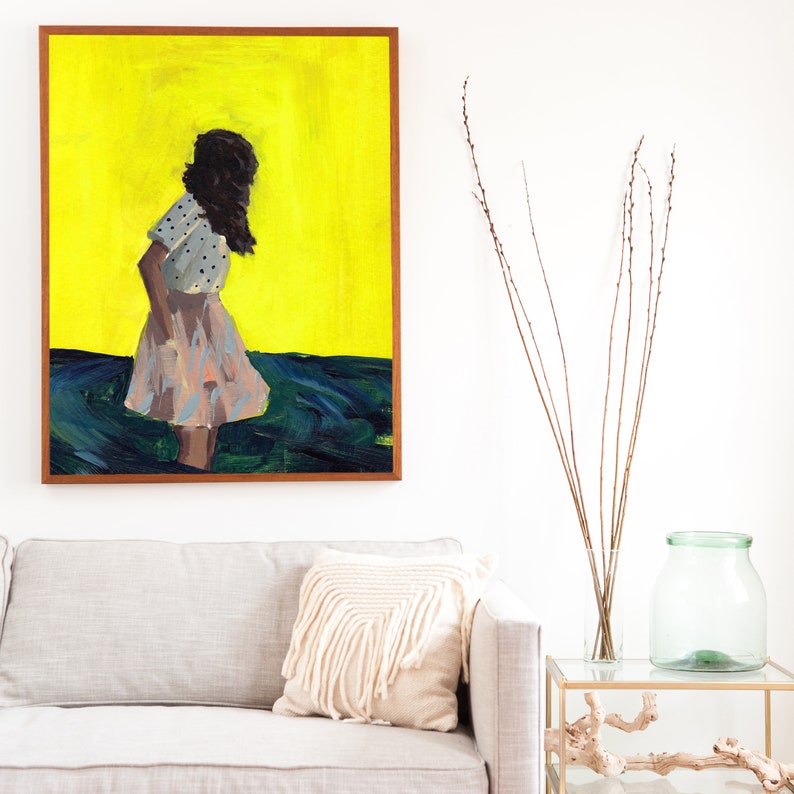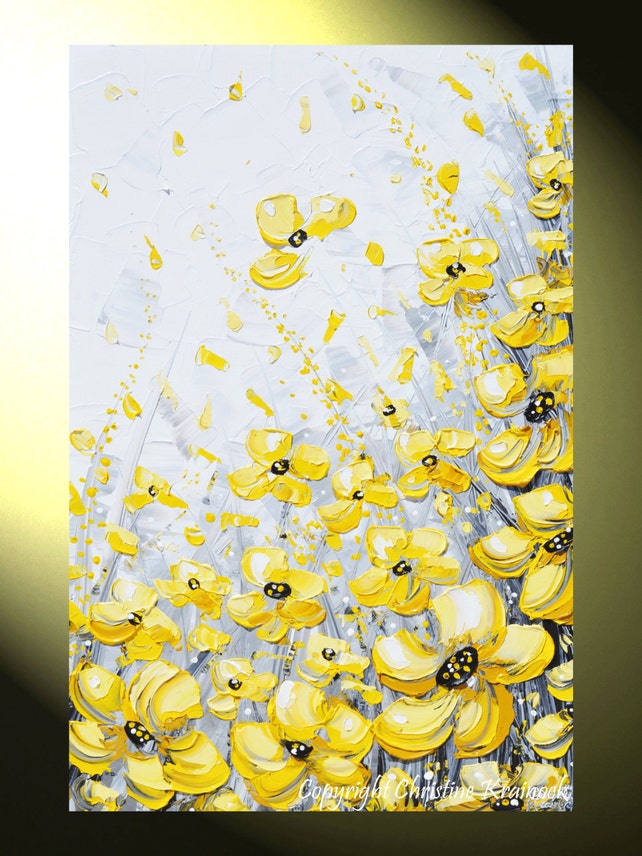

The printers are able to mix the inks together to create an almost infinite number of colors and tones, resulting in highly detailed and accurate reproductions of the original artwork. Using professional iris printers, giclée printing is able to reproduce a wide range of colors and tones by using a large number of ink cartridges, each containing a different color ink. Jack Duganne, a printmaker who was exploring innovative printing methods in the early 1990s, coined the term.

The word “giclée” derives from the French term “gicler,” which means to spray or squirt, describing how an inkjet printer works. Giclée printing (pronounced zhee-clay), is a relatively new printing technique, that was developed in the late 1980s and quickly gained popularity among artists, galleries, and collectors for its ability to produce museum-quality prints that are almost identical to the original artwork. In this post, we’ll dive into the world of giclée printing on fine art paper and explore why it’s becoming such a popular choice for art collectors and enthusiasts alike. Conclusion: Are Giclée Prints on Paper a Great Choice?Īs an art lover, you’ve probably heard the term “giclée print” thrown around a lot lately.Contents: What Is a Giclée Print on Paper?


 0 kommentar(er)
0 kommentar(er)
